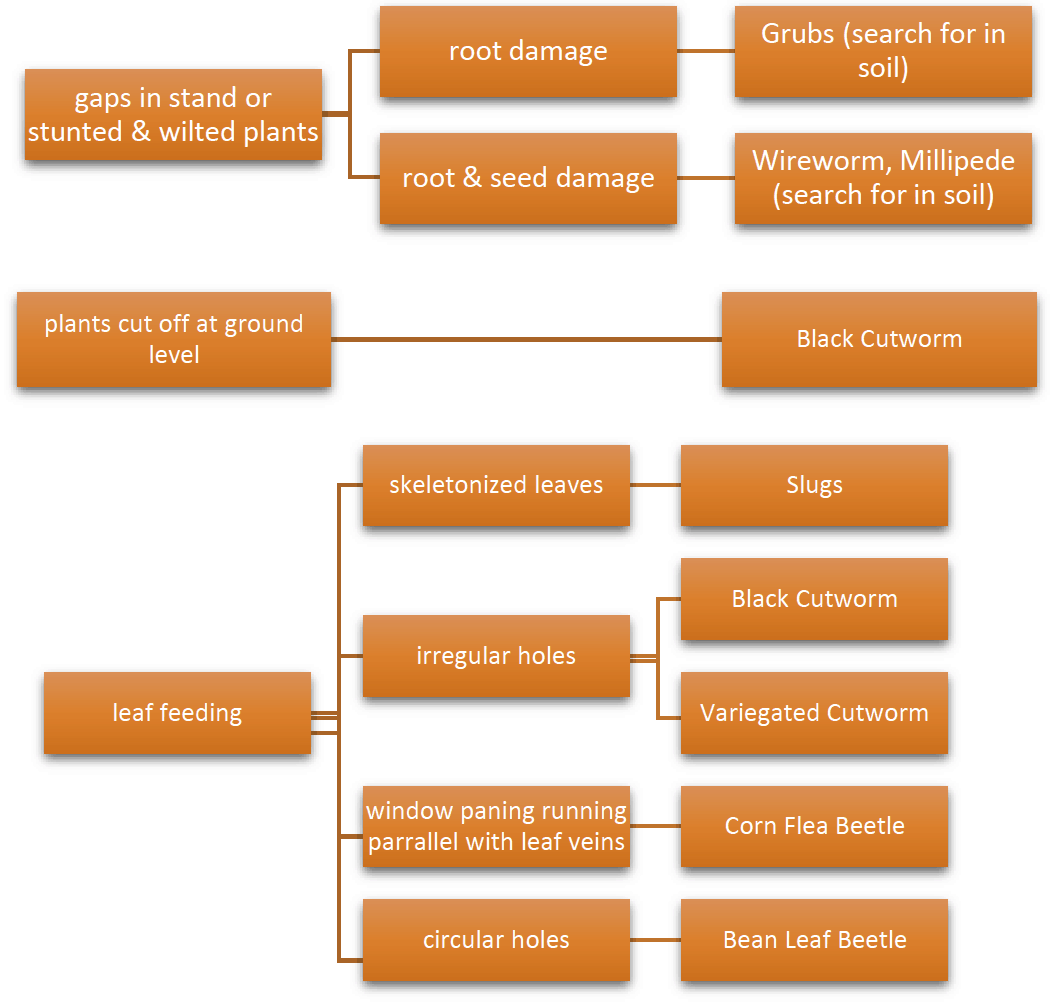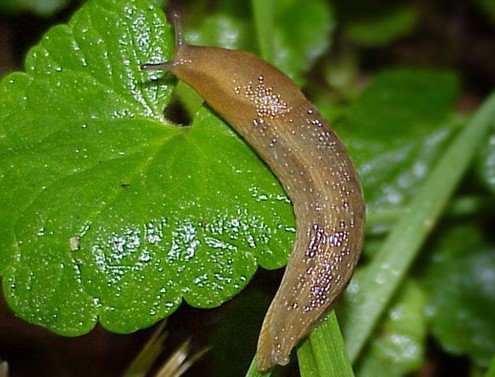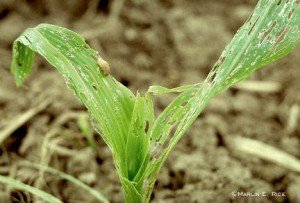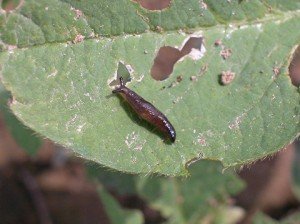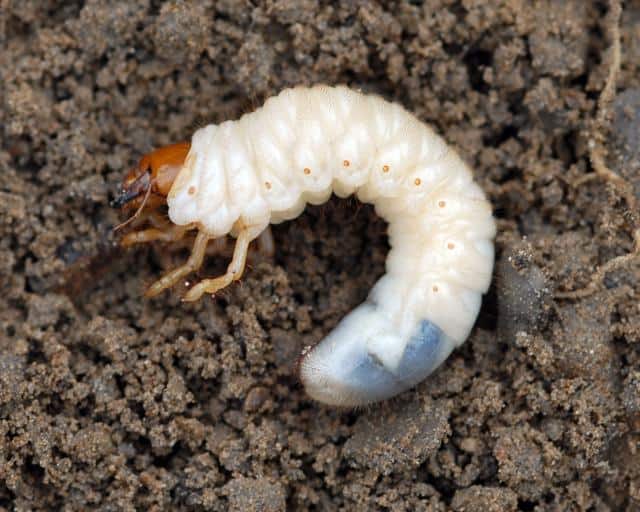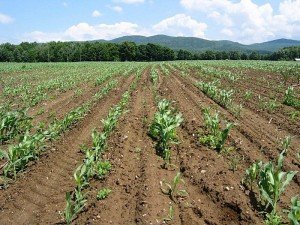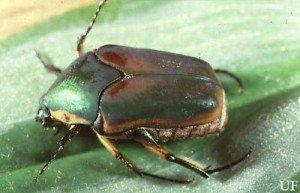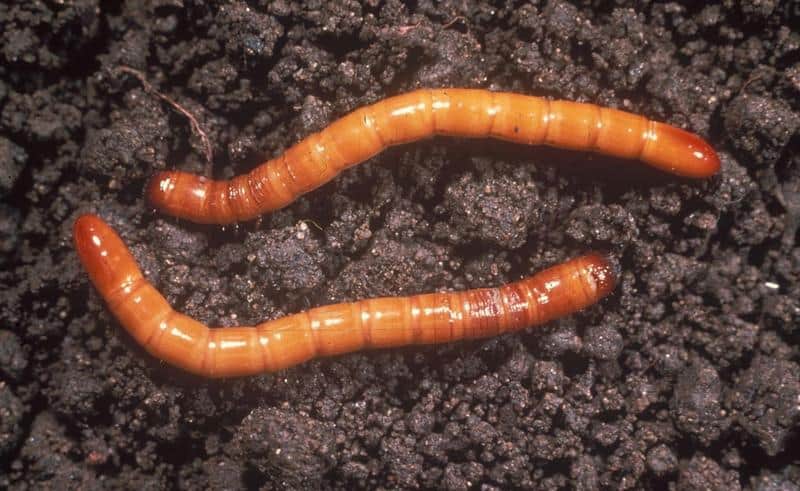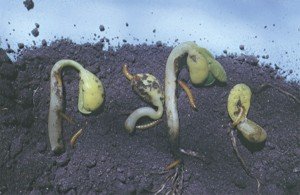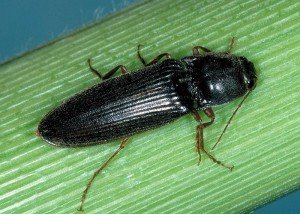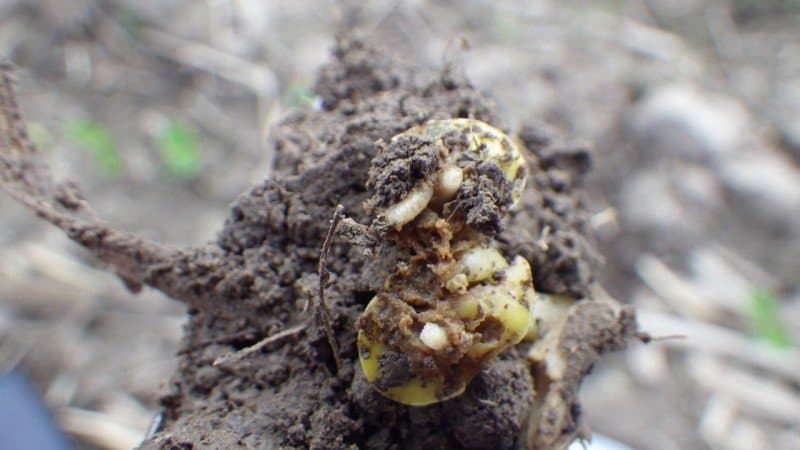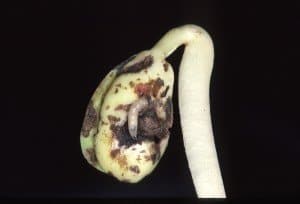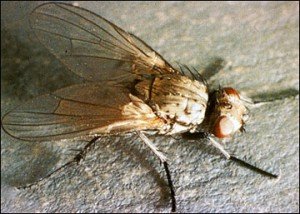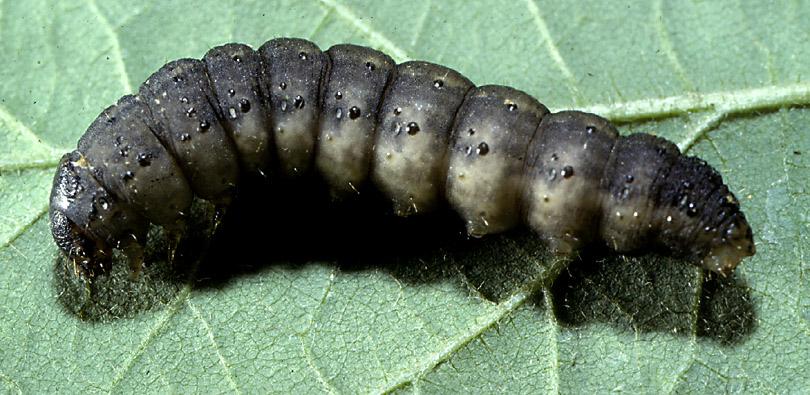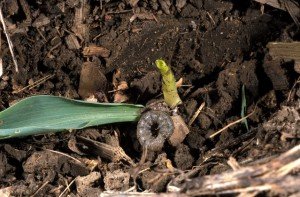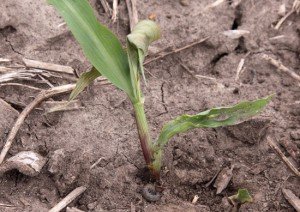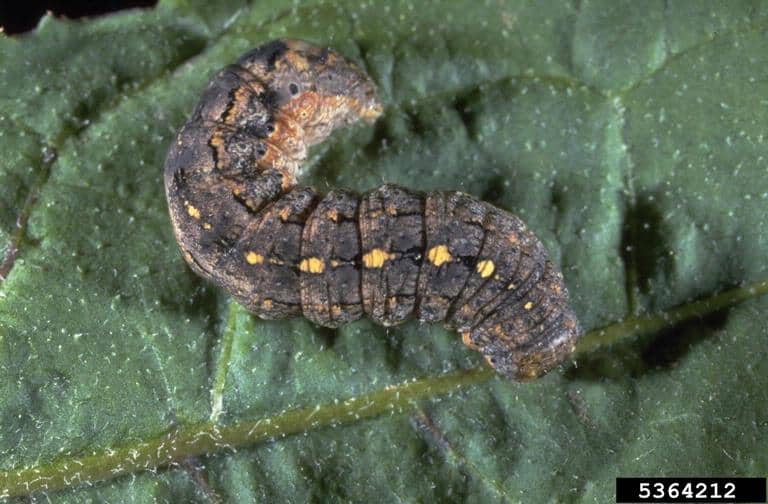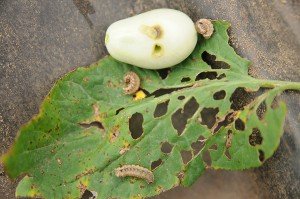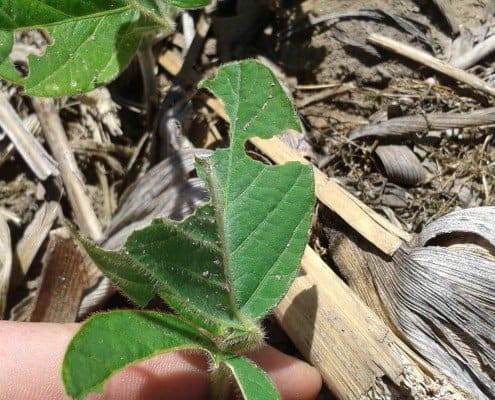With the cold winter that we have had, a slow start of insect development may occur.
Many of the acres planted in Ontario have been planted with neonicotinoid insecticides. With the current debates over neonicotinoid insecticides, the best strategies to control pests is to start with a good knowledge of crop pests.
By understanding early season pests, it will help target the use of insecticide treated seed to where it is necessary. In general, Ontario is heading towards an IPM approach system (Integrated Pest Management) where all available practices and technologies are used to keep pest populations below threshold in an economically viable way while minimizing the impact to the environment. (OMAFRA)
The sections below will have good identification photos of six early season pests.
First identify the pest using the chart below, then find the pest along with identification, threshold and how to manage the problem.
The following charts will help you identify which early pest you may be dealing with.
PEST #1: SLUGS
Identification
- Targeted Crops: Primary is soybeans and secondary is corn, forages and cereals.
- Most active during cool and wet periods in spring and fall.
- Feeding damage is above or below ground, depending on the moisture level.
- No preference on which part of the plant they feed on, including seeds, seedlings and leaves.
- Leaf feeding is on lower leaves, leaving a skeletonized appearance.
- Look for slime trails on the leaf surface.
- Favorable conditions – Poor drainage soils, loam and clay soil, dense canopies, lots of crop residue, and newly seeded alfalfa.
Threshold
- None currently available. The use of shelter traps can help guide preventative measures.
Management
- Scout end of April to end of June and September to mid-October.
- Plant into favourable growing conditions and try to plant early.
- Tillage can be used to expose the slugs to dehydration and predators.
- Insecticides do not control slugs.
PEST #2: GRUBS
Identification
- Targeted Crops: European Chafer – corn and cereals. Japanese Beetle – soybeans and mixed forages, and June Beetle – corn, soybeans, mixed forages and cereals.
- Larva have an orange brown head. Adults consist of three kinds: European Chafer, Japanese Beetle and June Beetle and are dark brown, metallic green, and maroon in color.
- Roots will be chewed and pruned and plants will be yellow, wilted, stunted or dying.
- Low plant population and gaps in the plant stand, sometimes in circular patches.
- Favorable conditions include fields with sandy knolls, fields grown adjacent to pastures and areas close to tree lines.
Threshold
- Two or more larvae per square foot. If populations are high (4+ larvae/ft2), use higher rate of insecticide seed treatment.
Management
- Scout European Chafer and June Beetles May to June. For Japanese Beetles scout end of June to mid-August.
- Scout end of May and end of July to early November for European Chafer Grub. Scout May and end of August to mid-September for Japanese Beetle grub. Scout end of April to mid-June, and mid-August to end of October for June Beetle grub.
- Avoid planting in cool, wet conditions.
- Avoid planting susceptible crops with no seed treatment in fields with a history of grub damage.
- Tillage can kill some of the larvae and expose them to predators.
- Granular insecticides that are applied in furrow at planting are an option.
- Use insecticide seed treatments.
- Foliar treatment for the beetle adults can help.
PEST #3: WIREWORMS
Identification
- Target Crops: Primary – corn and cereals. Secondary – soybeans and dry beans.
- Adults – Dark body and beetle can produce a popping sound that earned its name “click beetle.”
- Larvae – Hard body, copper in color, only 3 pairs of legs near front of body.
- Found on fields in rotation with grass crops.
- Increased risk on sandy and silty soils, early panting along with a cool wet spring.
- Holes and tunnels through roots and seeds. Feeds on seed and roots April till June.
- Plants are yellow, stunted and wilted.
- Uneven plant height and gaps in the plant stand.
Threshold
- Average of one larvae per bait trap.
Management
- Scout larvae April to the end of June and September to mid-October.
- Avoid planting a cereal or corn crop following pasture.
- Weed control is important. Grassy weeds are a host for the pest.
- Increase planting rate by up to 10% to compensate for potential losses.
- Plant into warm, moist soils. Crop rotation is also key.
- Granular insecticide at planting is an option for corn.
- Use insecticide seed treatment if threshold is reached or in fields with a history of damage.
- No foliar insecticide treatment.
PEST #4: SEED CORN MAGGOT
Identification
- Target Crops: Primary – corn and cereals. Secondary – soybeans and dry beans.
- Adults – Dark body and beetle can produce a popping sound that earned its name “click beetle.”
- Larvae – Hard body, copper in color, only 3 pairs of legs near front of body.
- Found on fields in rotation with grass crops.
- Increased risk on sandy and silty soils, early panting along with a cool wet spring.
- Holes and tunnels through roots and seeds. Feeds on seed and roots April till June.
- Plants are yellow, stunted and wilted.
- Uneven plant height and gaps in the plant stand.
Threshold
- No rescue treatments available. Assess plant stand to determine if replant is required.
Management
- Scout April to mid-June.
- Plant later, in favourable soil conditions to ensure rapid emergence.
- If manure or green residues are incorporated, wait at least two weeks before planting.
- Insecticide seed treatment or in-furrow soil applied insecticides in high risk fields.
- No rescue treatment, other than replanting as soon as possible.
PEST #5: BLACK CUTWORM
Identification
- Target Crops: Primary – corn and secondary is soybeans but usually vary rare.
- Larvae – Brown-black to greyish back with lighter underbelly.
- Adults – Greyish brown moth with a small black triangle running through a kidney shaped spot on forward wing.
- Two pairs of black spots on each body segment. Will curl up when disturbed.
- Small pinholes or notches in the leaf (young larvae), holes with irregular edges or chewed leaf margins (larger larvae).
- Plants cut at or just below the soil surface. Wilted plants.
- Favorable conditions – fields with pre-plant weeds, cover crops, or crop residues. No-till fields, fields planted into sod, or late planting are also favorable.
- Fields located along Lake Erie tend to experience frequent black cutworm infestations.
Threshold
- 10% of plants (V1-V4) with damaged leaves, or 3% of plants are cut and larvae found are smaller than 2.5 cm.
Management
- Scouting – Adults – April to end of June using pheromone traps.
- Larvae – Early May to Mid-June.
- Keep ground bare two to three weeks before planting.
- Avoid planting in forages or sod if high populations were present in the past. Avoid late planting.
- Crop rotation.
- Use Bt hybrids containing Cry1F.
- Insecticide seed treatment in fields with a history of infestations.
- Foliar insecticide treatment (not effective if larvae are larger than 2.5 cm).
PEST #6: VARIEGATED CUTWORM
Identification
- Target Crops: Soybeans occasionally and corn rarely
- Grey, mottled, with yellow dots at the top of the front abdominal segments. Occasionally a yellow-orange stripe along the body.
- Large portions of the leaf is eaten, beginning from the leaf margin.
Threshold
- Follow defoliation thresholds for soybeans.
Management
- Insecticide treatment.
Sources: Early Season Field Crop Pests – OMAFRA / GFO

